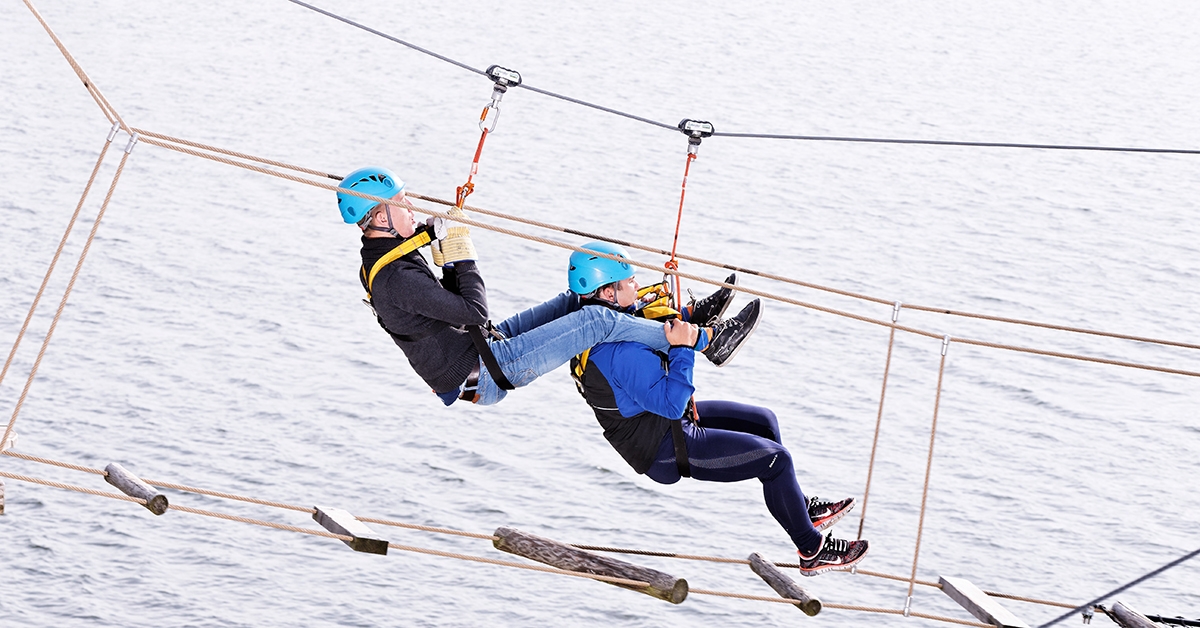
The market offers a great variety of safety systems and solutions with different features that affect the safety and the operating costs of a high ropes course or adventure park. The right belay system can impact customer usability, satisfaction, and costs.
Experience safe, adrenaline-filled and carefree adventure. Innovative designed and manufactured continuous belay systems for the aerial adventure industry. A wide range of safety systems and solutions are available on the market, each with its own set of features that affect the safety and running costs of a high ropes course or adventure park.
It’s necessary to define what a belay system is before discussing continuous belay systems. A belay system is a safety device that keeps you connected while you’re climbing. In the zip line industry, there are several distinct types of belay systems. While all belay systems are quite safe to use, the majority of them have the ability to become detached from the course, either purposefully or unintentionally. This has the potential to be a dangerous situation.
Disconnecting on intentionally or accidently is impossible without a unique tool carried by our guides from the moment you hook on to the course at the very beginning until you are back on the ground. This keeps our participants as safe as possible while off the ground, and it also connects our course fluidly, which improves the natural tour experience by reducing bottlenecks and preventing individuals from becoming tangled in each other’s safety hooks.
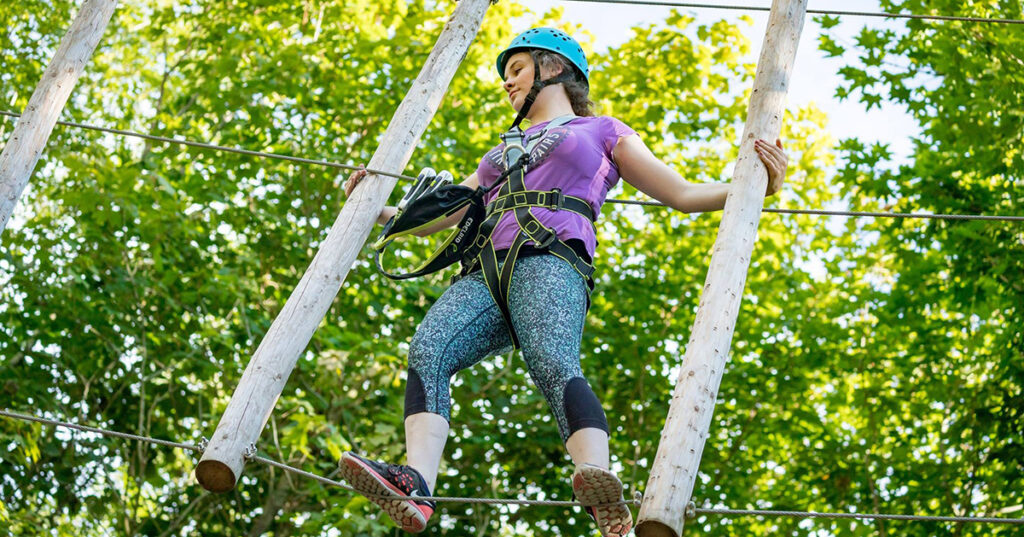
The safety system is a personal protection gear that has to protect the customer’s well being by all means. The market offers the following safety solutions:
- Clip / Unclip or Self-belay: the traditional 2-carabiners system (active securing)
- Permanent system: a 2-carabiner system that does not allow for the loosening of both carabiners at the same time
- Continuous belay system: the customer is continuously secured by a lifeline (passive securing)
1. Self-belay
An active system, using self-securing, requires the customer to unclip and clip the carabiners when switching ropes on a platform. This poses a great safety risk and creates unnecessary stress for some visitors. Self-securing: the user has to loosen and re-fix the carabiners himself.
Platform = several manipulations
Platform = risk area
- Customers constantly have to manhandle the carabiners and are not secured permanently. When there are many people using the course, this can lead to waiting times around risky passages. As a result, the safety risk is enhanced and unnecessary pressure is exercised on customers.
- Park staff must supervise these risk areas.
- The high personal responsibility that comes with the sequential manipulations of the carabiners makes this system unsuitable for children.
- The purchase of a carabiner system is cheap, but the required supervising of the risk areas generates high staff costs.
- A carabiner system by itself is not suitable for zip lines. An extra trolley is needed.
2. Permanent safety system
A permanent system also requires customers to unclip and clip the karabiners by themselves. However, if the system is used correctly, it only allows for one karabiner at a time to be opened.
Permanent safety system: the user has to loosen and re-fix the carabiners.
Platform = several manipulations
Platform = no risk
- The risk on the platforms is decreased, but there are still some manipulations that need to be done.
- The system is suitable for children of 8 years or older.
- The process of switching ropes on a platform can lead to pile-ups and slow down the run.
- Because customers have to manipulate the system themselves on the platform, these areas have to be supervised. An additional trolley is needed to use zip lines.
- Mechanism means maintenance in general.
3. Continuous belay system
With a continuous belay system, a lifeline secures the customer at all times, there is no manual handling of carabiners, and maximum safety is guaranteed. The platforms are no longer risk areas. Continuous belay system: the user is constantly secured throughout the whole course:
Platform = no manipulations
Platform = no risk
- Because there are no more time-consuming manipulations on the platforms, the course can be completed faster.
- This system is suitable for children of 4 years or older.
- Since continuous belay system has an integrated trolley, the customer will no longer require any other form of security measures.
- Since the customers are constantly secured throughout the whole course and cannot separate the safety device from the lifeline, the need for supervision – and as a consequence also the staff costs – is reduced.
- Studies have shown that, depending on the season, staff costs can be easily reduced from between 30-50 percent.
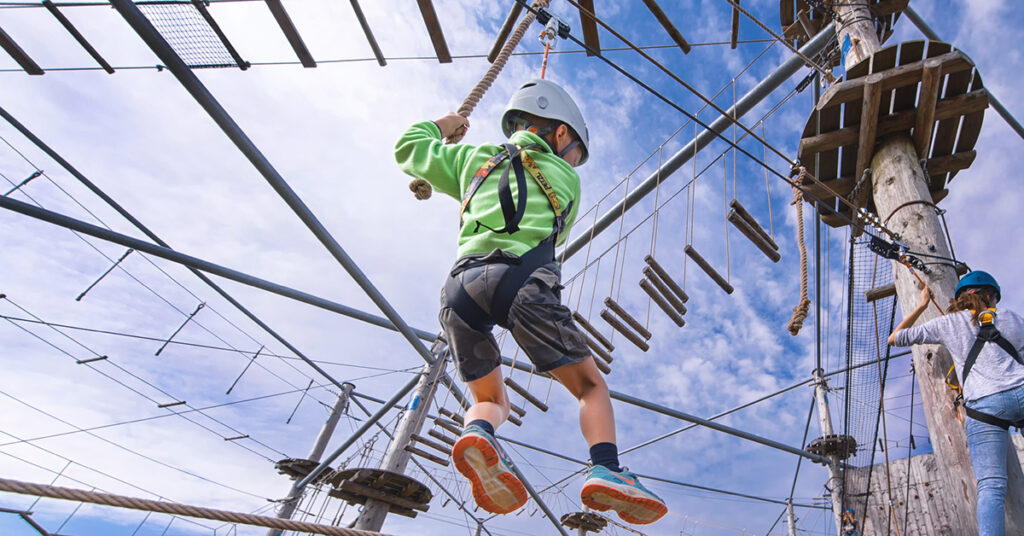
A continuous belay system safes lives, time and money
The choice of a suitable safety system has a great effect not only on the safety of the customer, but also on the operating costs.
Each safety system has specific requirements regarding the need for instruction and training, as well as the surveillance of the course. The visitor has to handle the securing device himself (self-securing systems, permanent systems) all which require time-consuming instruction on how they should correctly be used.
Park staff need to supervise the platforms and make sure that the necessary safety requirements for securing the visitors are done the right way. Time necessary for each safety system
Time necessary for each safety system
Continuous belay solutions are attached to the lifeline at the start of the course. After that, the customer can no longer remove the safety device.
- Much less time is needed for instruction
- Shorter waiting times for newly arriving guests
- Since less manhandling takes place on the platforms, the surveillance of every platform is no longer necessary
- Surveillance by park staff is only needed at certain strategic points
- As a consequence, in some seasons staff costs can be reduced by up to 50% compared to other safety systems
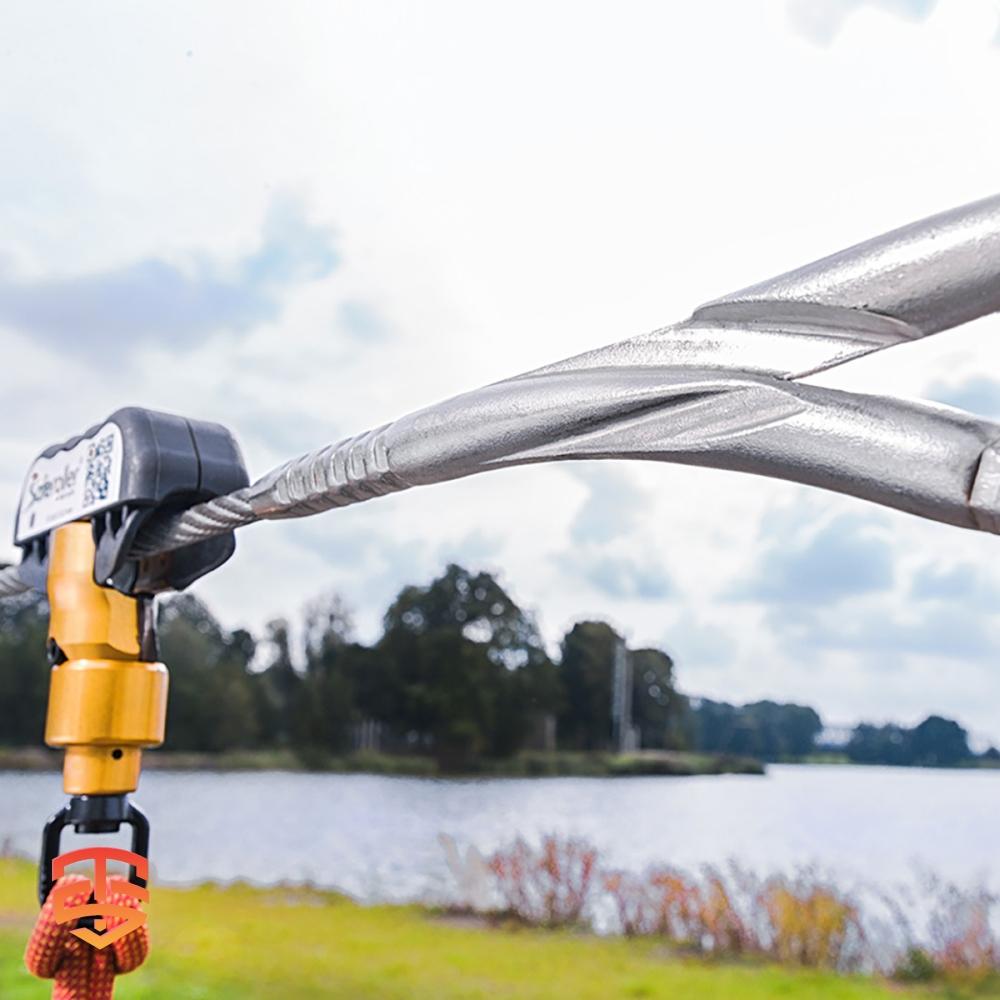
Ropes Course Belay Systems
Cutting edge belay and safety for your ropes course, ziplines and challenge courses.
We deliver the top brands Ropes Courses Belay systems, Edelrid Smart Belay, Saferoller Continuous Belay, Speedrunner Continuous Belay and LockD Continuous Belay. Competitive Pricing, Worldwide Delivery and Global Support.
Ascend to New Heights: Expert Insights on Ropes Course Technology
Ropes courses offer exhilarating challenges and unforgettable experiences. This article explores the core technology behind them. But to truly scale the heights of knowledge, check out our additional resources featuring expert opinions on the latest advancements and best practices in ropes course design and operation.
- Aerial Safety: Exploring High Ropes Course Belay Systems
- Safe Ropes Course Adventures
- Harnessing Innovation: Next-Generation PPE for Adventure Parks
- Why Keyed Smart Belay Systems Reduce Costs
- Exploring High Ropes Course Belay Systems
- Advanced Rescue Devices in Aerial Adventure Courses
- Top Picks for Best Ropes Course Equipment Season 2023
- Smart Belay for Authentic Climbing Experience
- Edelrid Novelties: Highlights High work and tree care
- Using LockD Clips with Vertical Auto Belays
- Considerations when designing ropes courses and adventure parks?
- Choosing the right Belay System
- Continuous Belay for Ropes Courses
- Ropes Course Rescue Innovations
-
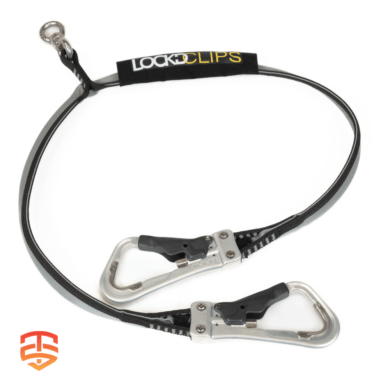 LockD Clips Swivel | Continuous Self-Belay€ 389,00 Ex VAT
LockD Clips Swivel | Continuous Self-Belay€ 389,00 Ex VAT -
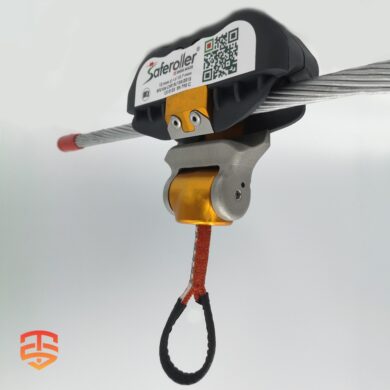 Saferoller Trolley V3 (PPE)€ 240,00 – € 252,00 Ex VAT
Saferoller Trolley V3 (PPE)€ 240,00 – € 252,00 Ex VAT -
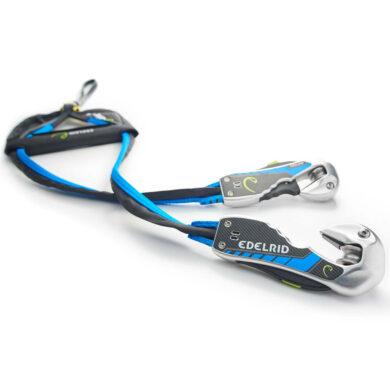 Edelrid Smart Belay X | Magnetic Locking Mechanism€ 544,00 – € 623,00 Ex VAT
Edelrid Smart Belay X | Magnetic Locking Mechanism€ 544,00 – € 623,00 Ex VAT







